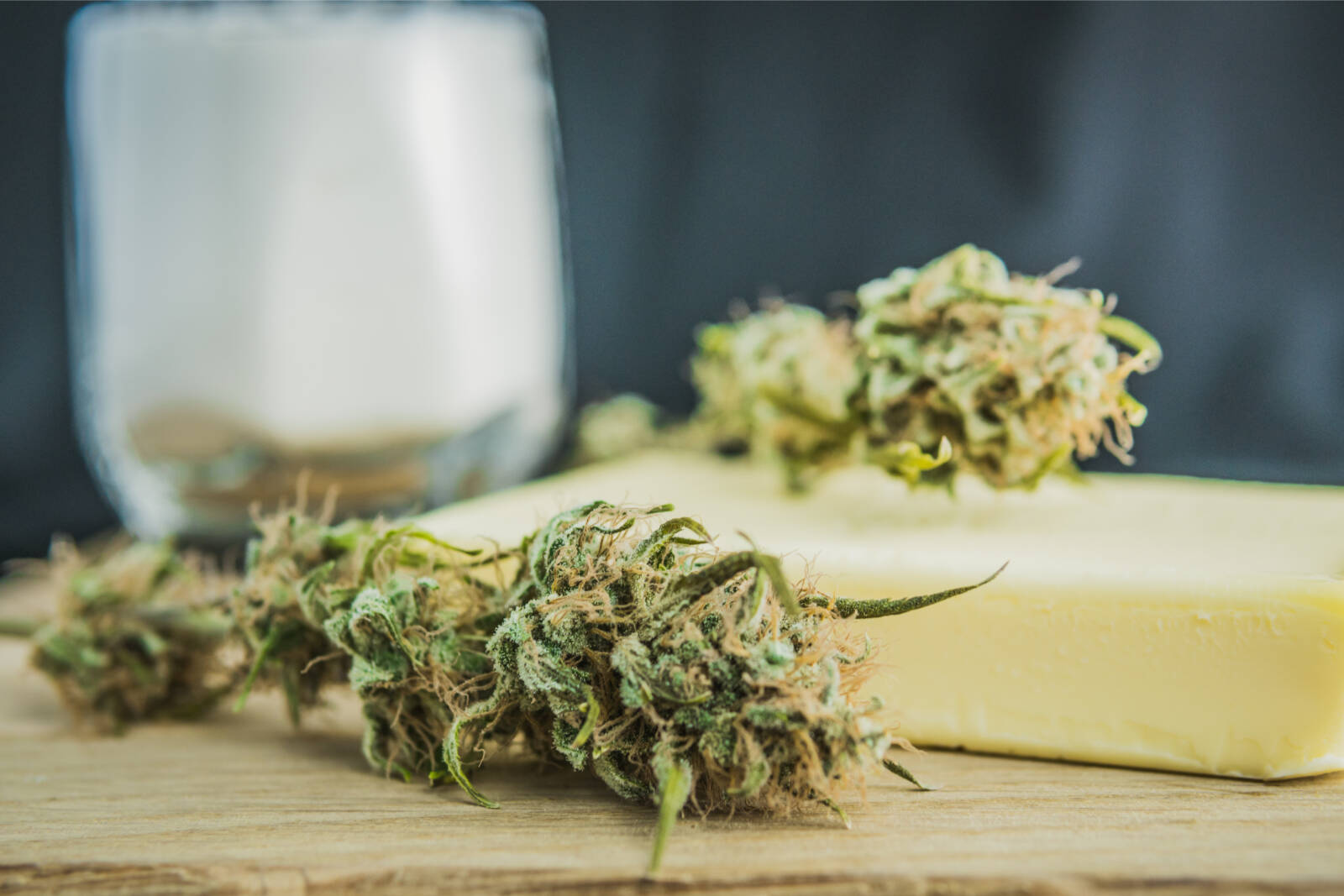By Karlee Van De Venter, Tri-City Herald, Kennewick, Wash.
The modern cannabis edible has changed significantly since the birth of the classic pot brownie. In today’s world, there are gourmet cannabis chefs, edible dining courses, infused dinner parties and a plethora of brands selling sophisticated edibles at dispensaries.
All of the options can be intimidating for a newcomer, but making basic edibles doesn’t have to be an arduous task. Start simple, follow the advice of seasoned cannabis chefs and choose an easy recipe.
If you’re following an edible recipe, don’t stray. Stick with the recipe, an altered recipe will likely cause an altered high. Consistency is key. If you’re following a normal recipe and adding cannabis, cook it at a lower temperature for a bit longer.
Making edibles: the basics
Start out making edibles for yourself, don’t share until you’ve gotten the process down. There are a few important elements to making edibles that can be confusing at first.
The umbrella term ‘edibles’ refers to any food or drink infused with cannabis. This is generally done with an infused oil or fat-based component, like olive oil, coconut oil or butter. Making your ‘cannabutter’ or other preferred infused base will be the first step to any recipe, though larger batches can be made and stored for up to three weeks in the freezer.
This process will make your kitchen, and likely your whole home, smell like cannabis.
How to make cannabutter
The first step toward any infused product is called decarboxylation. This is just the process that releases the components of marijuana that gets you high, without actually burning it. You can do this with dabs or flower, but flower is recommended for beginners. There are several methods of ‘de-carbing,’ but oven roasting is the most common. This recipe will make 16 ounces of infused butter, but the same process can be used with other bases.
1. Preheat oven to 200°F.
2. Start with a quarter ounce of cannabis, or seven grams. Break it up by crumbling, cutting or tearing the flower.
3. Spread the cannabis on a cookie sheet, it should be one layer throughout.
4. Roast for 60 to 90 minutes. Check in 15-minute increments that the flower is roasting evenly. You want it to be dry, but not burnt.
5. Let the de-carbed cannabis cool to room temperature, then wrap in a cheesecloth.
6. Bring 16 ounces of oil or butter to a slow simmer in a saucepan. For butter recipes, add a cup of water to maintain consistency.
7. Place the wrapped cannabis in the saucepan. Simmer for 60 to 90 minutes, pressing the cheesecloth with a spoon around every 15 minutes.
8. Let the infusion cool to room temperature. Line a strainer with cheesecloth and strain into your container of choice. It’s a good idea to mark the container with the strain, dosage and date.
Some recipes, particularly drinks, will use tinctures instead. Tinctures are alcohol- or oil-based concentrations with high THC or CBD content. They come with liquid droppers and can be dropped under the tongue by themselves, or worked into food and drink. Cannabis cocktails are sometimes made with infused alcohol, which can be purchased or made at home.
Should you move on to making cannabis culinary goods for others, it’s vital you understand dosages and how to calculate them. This way, people at all tolerance levels can determine how much they should consume.
To get the week’s latest must-read stories from the cannabis world direct to your inbox, sign up for our weekly newsletter at canadianevergreen.com. You can also follow us on Facebook, Instagram and Twitter.

